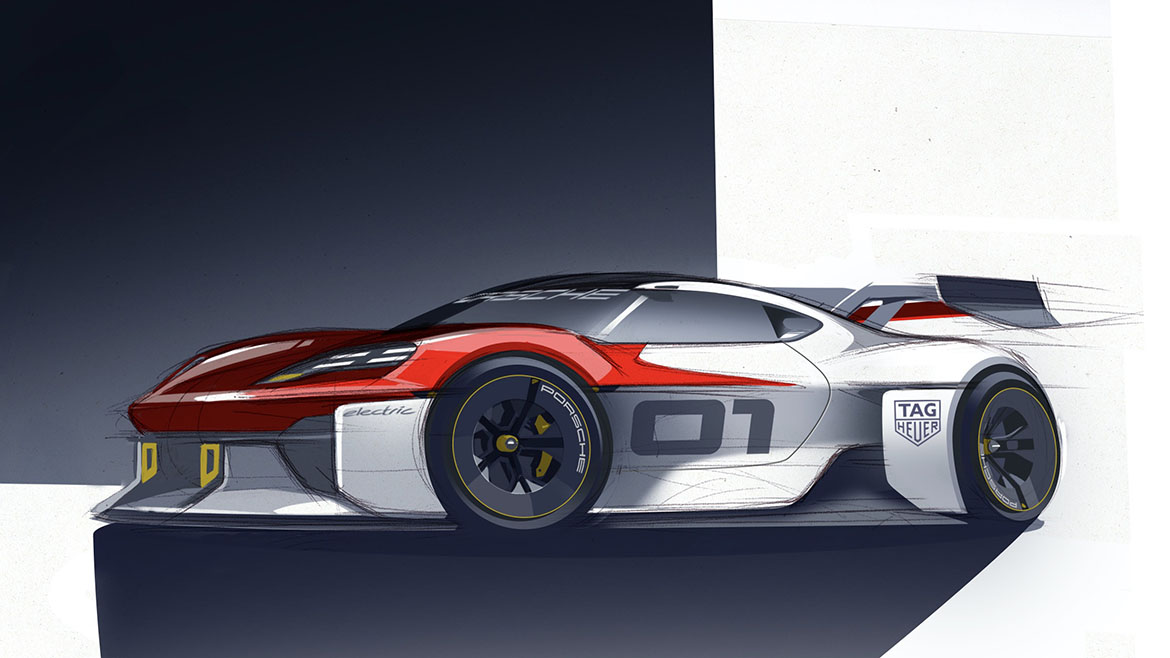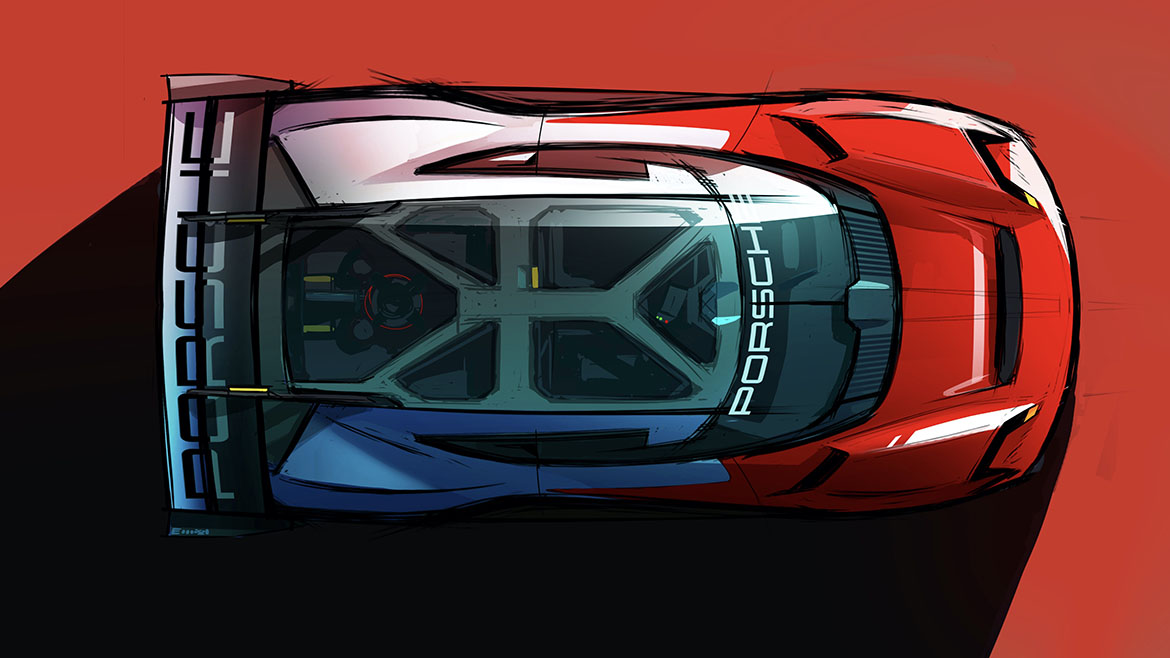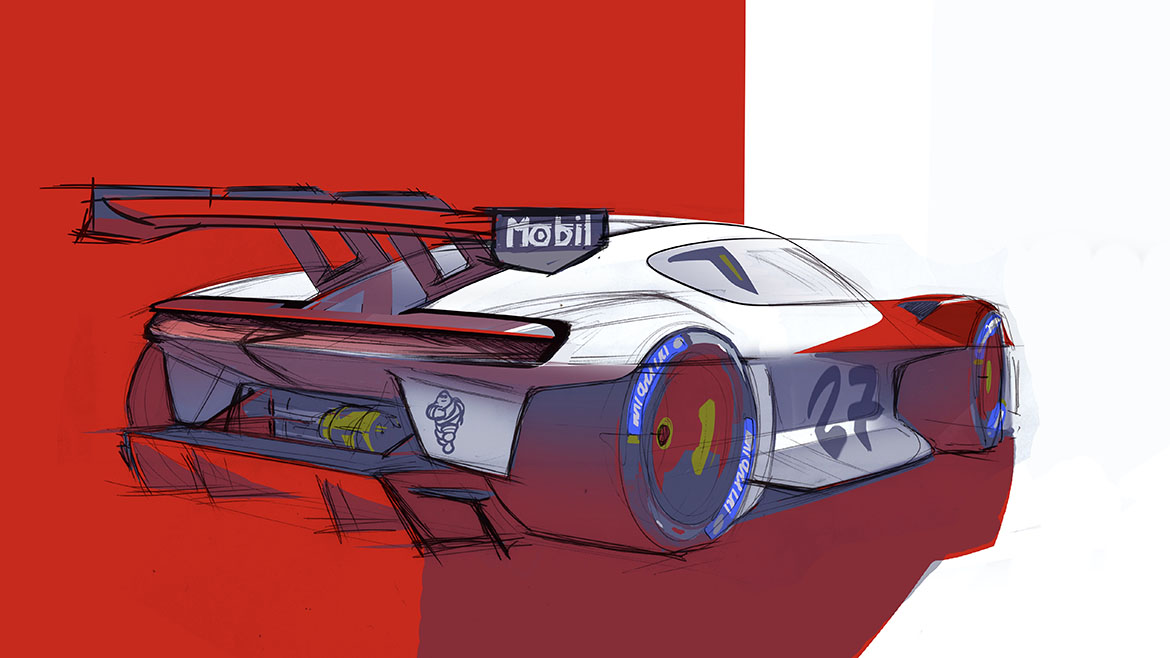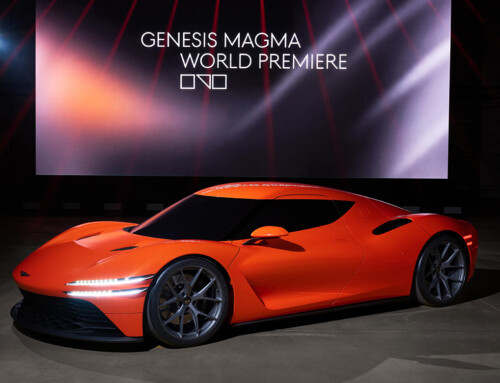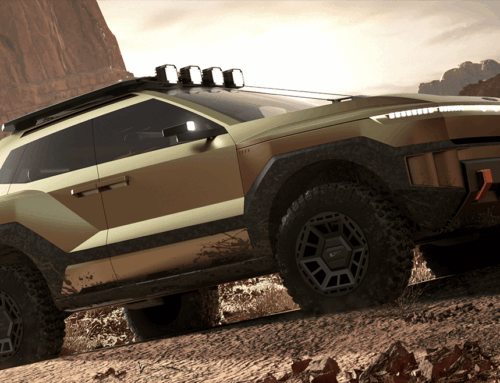“Every Porsche must be clearly recognisable as such. Many elements that we envisage in the studies find their way into production cars later, and this also applies to motorsport. In addition, our customers’ sports cars are always based on production sports cars”. The words of Michael Mauer, Porsche’s head of design, describe the Mission R, the German manufacturer’s latest concept car unveiled at the IAA Mobility 2021.
“The car is chock full of signs that suggest a future production model,” suggests Mauer. At first glance, the compactness of the Mission R is immediately apparent: it is 4.3 metres long, 1.9 metres wide and 1.1 metres high with a wheelbase of 2.5 metres. The colour of the concept is Porsche’s Carrara White Metallic satin finish. In contrast, the front bonnet and wings are painted in a bright metallic red gloss. This new shade extends to the doors, where it ends in a dynamic movement. Aerodynamic appendages and spoilers are black to provide a sharper contrast.
The styling approach in pursuit of purity is demonstrated by the elegant cabin, the roofline that slopes sharply downwards at the rear and the pronounced shoulders. Just like the production Porsche Cayman, the window graphics end on the C-pillar with a counter-sweep. The front pillars are black and visually unite the side window surfaces into a single unit, reminiscent of a helmet visor. Another Porsche feature is the curved windscreen, which extends slightly around the corners. Form follows function: the driver benefits from improved all-round visibility.
The rear of the car is dominated by the two aerodynamic components: the diffuser and the two-section spoiler, made of carbon. The designers have integrated the brake and rain lights into the profile of its wing plates. This makes them easily visible to drivers, even in spray. At the rear is the typical Porsche light strip. It consists of a large number of illuminated vertical elements to the right and left of the lettering, which is also illuminated. The rear tow hooks are highlighted in colour, as is normal practice for racing cars. What makes them special is that they have been perfectly integrated into the supporting structure of the vehicle.

